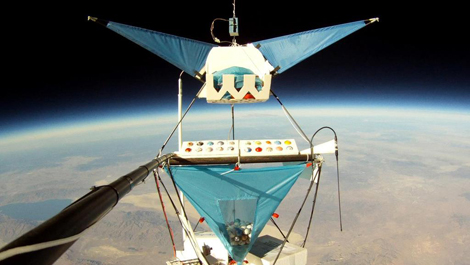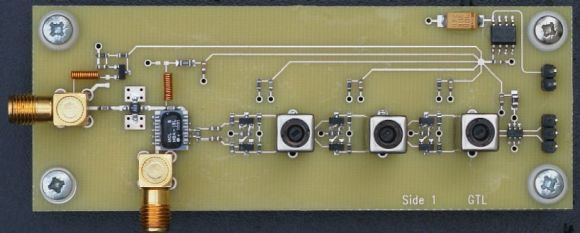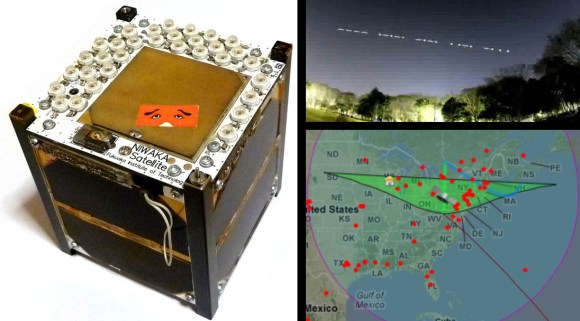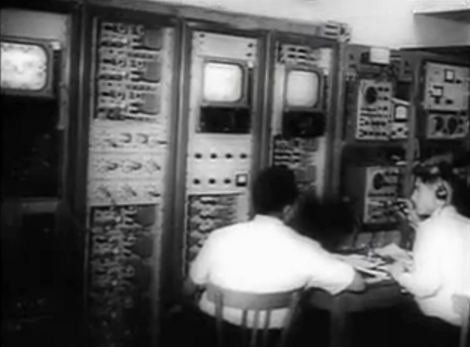
Ahhh space. The final frontier. While many people dream of one day becoming an astronaut (and possibly battling aliens or cylons), it’s a select few who actually make it their reality. Fortunately for us, there’s a middle ground that allows the masses to still have some fun in the sky. Enter the “Pongsat” program – space experiments within a ping pong ball.
Created by JP Aerospace, this free program allows anyone to create their own mini experiment and send it off to the edge of space. The imagination is the limit. Curious if a marshmallow will expand? Interested what the temperature would be? Wonder if you can charge a solar battery? Stuff it inside a ping pong ball and find out!
Check out the PDF Users Guide to get started, then their Blog and Facebook page for more up to date information. Now go out there and get your experiment to Mars! (Or at least 100,00 feet)
Watch a video of in flight footage after the break.
[via adafruit]
Continue reading “DIY Space Experiments Within A Ping Pong Ball ‘satellite’”




















